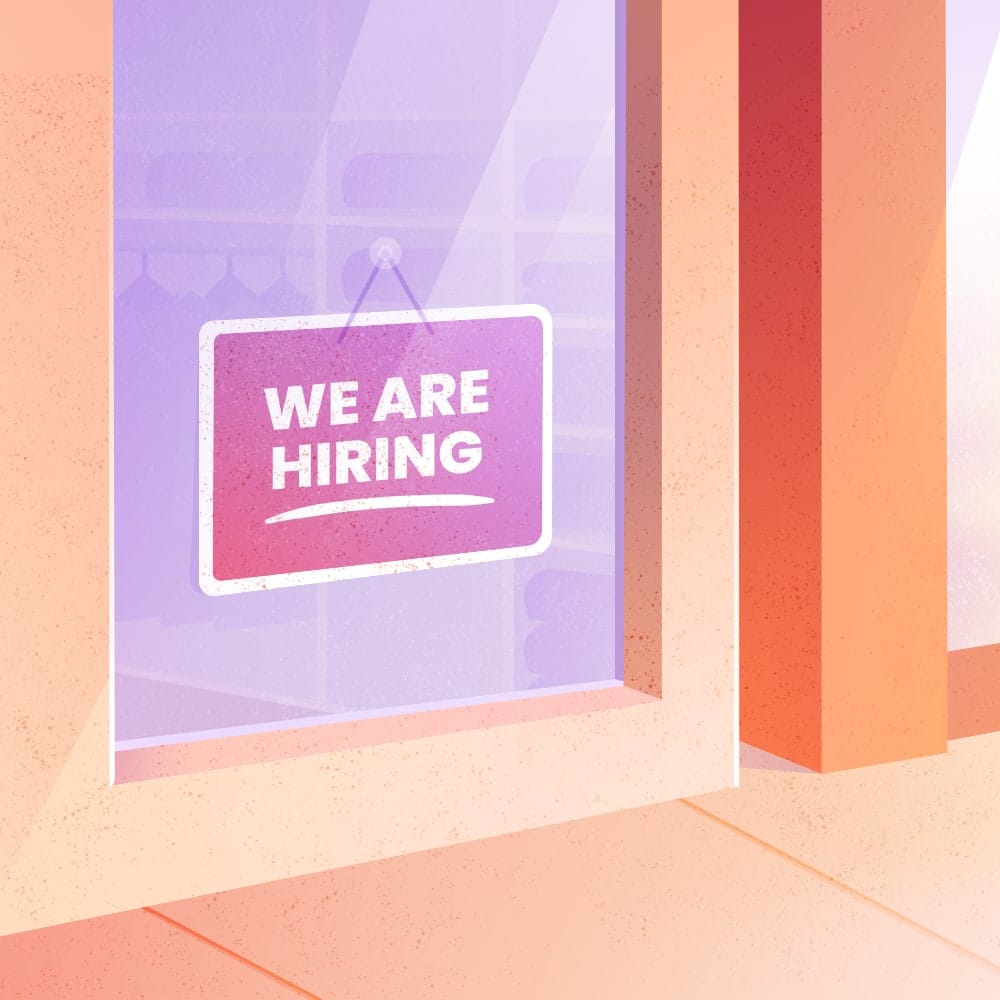The great resignation is a phenomenon that began in the United States in 2021, when droves of employees quit their jobs overnight.
The movement, which was intensified by social media, has also spread elsewhere in the world, although not to the same extent. In the United States alone, 4 million workers left their jobs each month between April 2021 and April 2022.
In Canada, although it sometimes seems as if a wave of resignations has occurred,
no great resignation has really taken place. What we have actually felt are the impacts of the labor shortage and an aging population.
Regardless of the magnitude of the great resignation, it is clear that the labor market has changed dramatically in a short span of time. The labor shortage is a major issue these days—across almost all industries.
Employees are now spoiled for choice when it comes to finding a new employer, and they aren’t shy about doing so.
Why Are Employees Leaving Their Jobs?
The great resignation didn’t happen overnight. Rather, it is a trend that intensified during the pandemic.
The layoffs and lockdowns experienced by so many left their mark. Many people re-evaluated their priorities during the pandemic and came to the conclusion that their job was no longer what they wanted.
Others grew fond of teleworking and no longer wanted to go back to the office.
In addition, many were put off by the way they were treated by their employers or clients during the pandemic.
According to a Pew Research Center study, the most common reasons cited by employees who decided to leave their jobs include:
- Insufficient pay
- Lack of opportunities for career advancement
- Lack of respect on the part of the employer
- Lack of flexible scheduling
- Inadequate working conditions
It would appear that employees were right to leave their jobs, as most found a job better suited to them.
The Return of the Pendulum
Employers long had much more power than employees. The balance of power was very unequal, sometimes even unfair. Some workers struggled so much to find work that they had no choice but to tolerate inadequate working conditions for fear of losing their jobs and having no income.
Fortunately, times have changed and employees no longer put with such abuse. Workers today are seeking a better balance between their work and personal life. They also want to find a job that is meaningful to them and that gives them a sense of fulfilment.
A Job Market Turned Upside Down
There are now more job openings than employees. This situation is turning the labor market upside down and raising its share of challenges for companies.
In a context where employees are in demand left and right and can find a job in a snap, recruiting has become a major issue for many organizations—especially in industries such as retail and restaurants.
Recruiters must now “sell” their organization in order to convince candidates to choose them.
Quitting also has an impact on the rest of the existing team at a company. Everyone else has to make up for their colleague’s departure and can be overwhelmed by everything that needs to get done. Companies must therefore find ways to retain their employees.
Employees Have Higher Expectations
In the face of this glaring labor shortage and workers’ new expectations, some employers find that employees are taking things too far. Some are shouting from the rooftops that nobody wants to work anymore and that young people today are lazy.
In my humble opinion, these employers are mistaken. People want to work, and young people are willing to work hard for employers who recognize their value and provide them with adequate working conditions.
Employees have higher expectations of their employers and want their working relationship to be a win-win. Can we really blame them for wanting better working conditions and more respect?
Employers who are unable to recruit new employees must review their management practices and find ways to improve their ways of doing things.
So, What Can Be Done to Fight the Great Resignation?
The first step in combating the great resignation and the labor shortage is to examine your business processes and survey your employees to get their opinions. Then you can decide what action to take to lower your turnover rate.
Don’t worry, there are a variety of things you can do to mitigate the effects of a labor shortage at your organization.
To avoid spreading yourself too thin, focus on the 3 things that matter most to employees: compensation, skill development and recognition.
1. Improve Your Employees’ Compensation
What’s the point of working yourself to the bone if you can barely live off your salary? Don’t just offer your employees minimum wage. Offer them a salary commensurate with their contribution.
After all, a business without employees simply cannot function. Your employees are your most valuable asset. Treat them accordingly.
Your employees’ compensation also extends to their working conditions. Don’t hesitate to improve their benefits. Here are some ideas to inspire you:
- Offer more than 2 weeks of vacation per year
- Add additional sick leave
- Pay for a gym membership
- Reimburse public transit costs
- Provide free snacks and healthy drinks
In such a competitive job market, you need to offer fair and adequate compensation to attract the best possible candidates.
2. Support Your Team Members’ Careers
One of the best ways to retain talent at your company is to support employees’ careers. Instill a culture of skill development by offering your employees training and encouraging them to share their knowledge with their colleagues.
Try surveying your employees on their needs and aspirations with a view to providing more training opportunities. Draw up detailed training plans for each employee and allocate an annual budget for this purpose.
Don’t hesitate to talk about advancement opportunities on a regular basis. During one-on-ones and performance evaluations, ask your employees if they are fulfilled in their position and ask about their career aspirations. This is also a good time to promote the internal mobility and advancement opportunities at your organization.
3. Recognize Your Employees’ Value
Of all the tips I’ve given you, the single most important is to recognize your employees’ work and efforts by saying thank you more often.
Take the time to tell them how important their work is to the team and to the company, and acknowledge their wins. Use tools to make it easy to express your gratitude to your employees. For example, get staff management software that lets you promote and simplify recognition.
Don’t hesitate to offer your team members small gifts such as a paid lunch, treats or gift cards to reward their efforts at key times and keep them motivated.
Make time to celebrate as a team at least once a year with a party. Not only will your employees feel valued, but you will create deeper connections with your team members.
Strive to build trusting relationships and always respect each member of your team.
Be at the Vanguard
Be an inspiring leader, lead by example, and roll up your sleeves when necessary. Your employees are sure to take notice and appreciate it.
The fact is that if you don’t look out for your team members’ well-being and fulfilment, they will leave you for another employer who will.
Adopt a more people-centred management style and treat your employees with respect and gratitude.










